
Engine sounds enchant car enthusiasts. In this article, we continue to trace how Toyota began sculpting its unique sound.

Engine sound inheritance
From the gravely idling rumble to the plaintive, almost wail-like high tones, the sound of the Lexus LFA’s engine is sure to give you goosebumps.
Dubbed “the roar of an angel,” this was precisely the engine sound sought by Morizo, developed through a trial-and-error process that adopted approaches from music and phonetics. This DNA was then passed onto the Lexus LC.
“We wanted it to sound like a Lexus from the moment you started it up,” says Yusuke Nakayama, an assistant manager at the Lexus Performance Development Division’s Sensory Performance Development Department, who was involved in crafting the LC sound.
Assistant Manager Nakayama
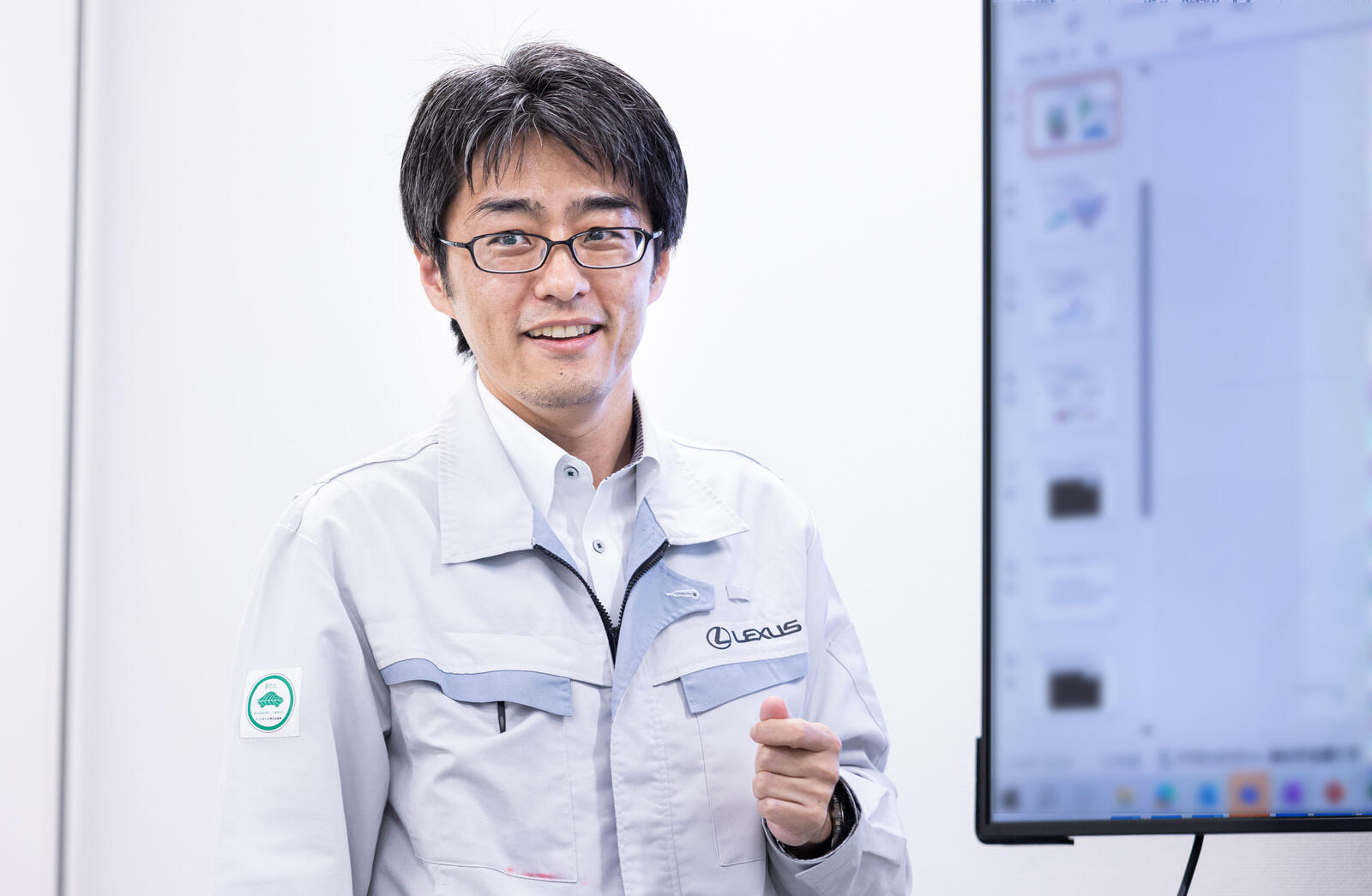
The Lexus LC's chief engineer (CE) was Toyota’s current president, Koji Sato. Above all, he was committed to the engine sound. He wanted us to “create an LC sound that inherited the LFA’s DNA.”
We began by breaking down the LFA sound to figure out its components.
The exhaust forms the base of the overall sound. As engine speed increases, the air intake adds another layer, enveloping the car in an exhilarating, three-dimensional sound as you move up toward the rev limit. We achieved the LC’s evocative sound by drawing on that same LFA concept.
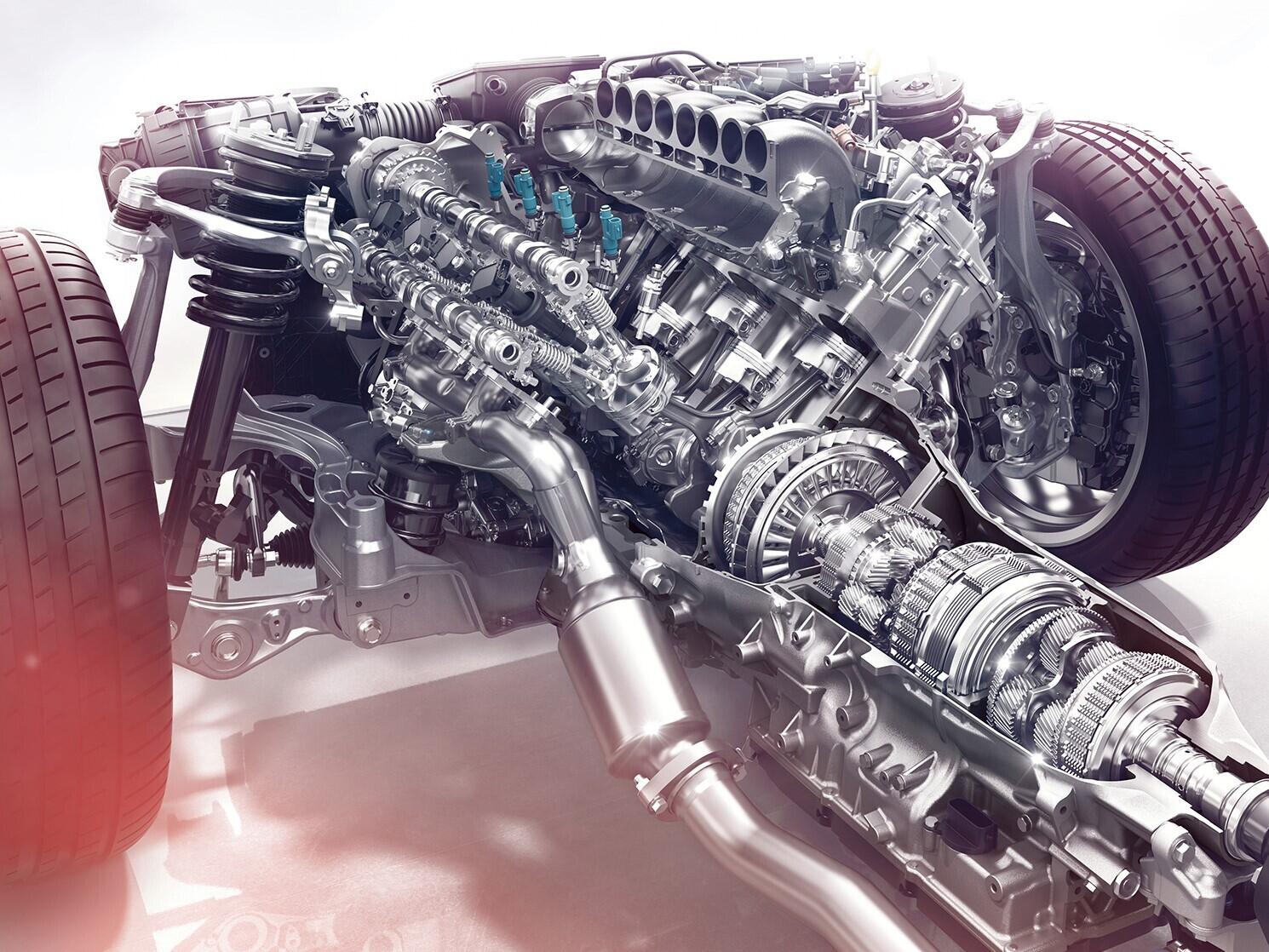
To clear strict noise regulations, the sounds emitted outside the vehicle must be kept to a very low volume. On board, meanwhile, you want to deliver a sporty sound that enhances the thrill of driving.
A sound generator is one of the devices employed to fulfill these conflicting requirements, and it amplifies the air intake sound.
Assistant Manager Nakayama
CE Sato’s ambition was to achieve a genuine Lexus sound without resorting to any electronic devices, making full use of the actual intake and exhaust sounds.
The engine bay layout was already being finalized but with cooperation from many related departments, we managed to squeeze in a sound generator that draws intake sounds at the desired frequencies from the engine bay into the vehicle interior.
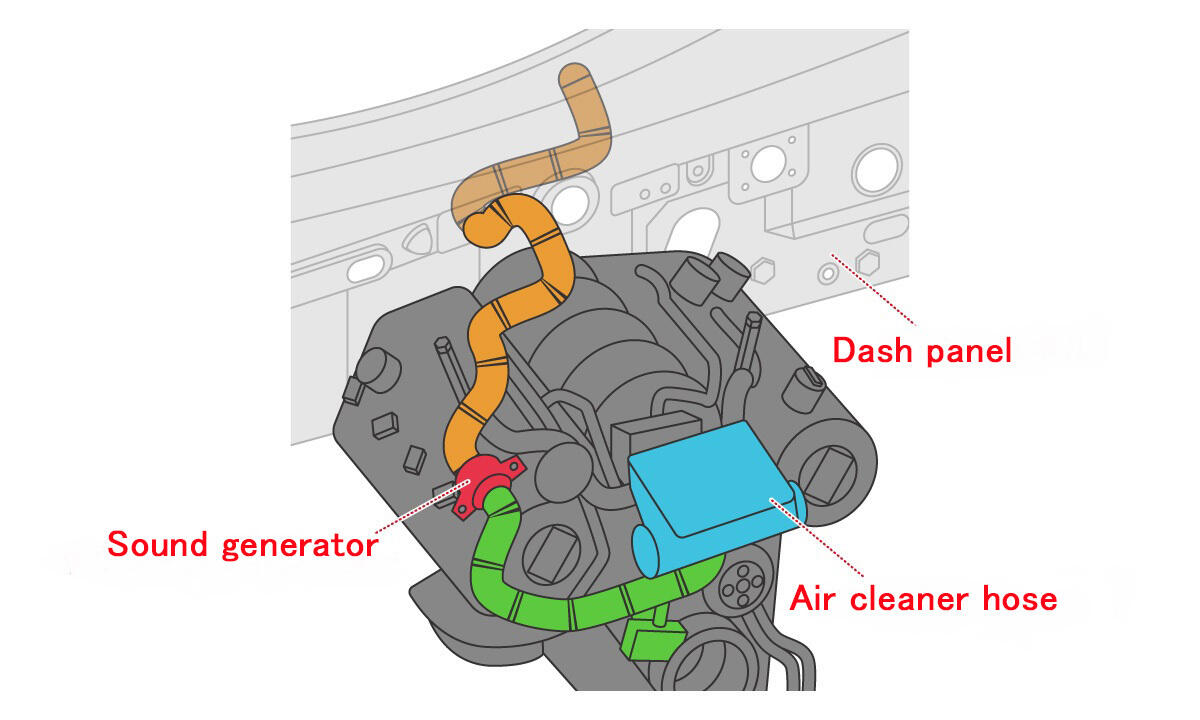
For the exhaust sound, we again adopted from the LFA, borrowing a technology that controls tone and acoustic pressure by using valves to change flow paths in the exhaust piping.
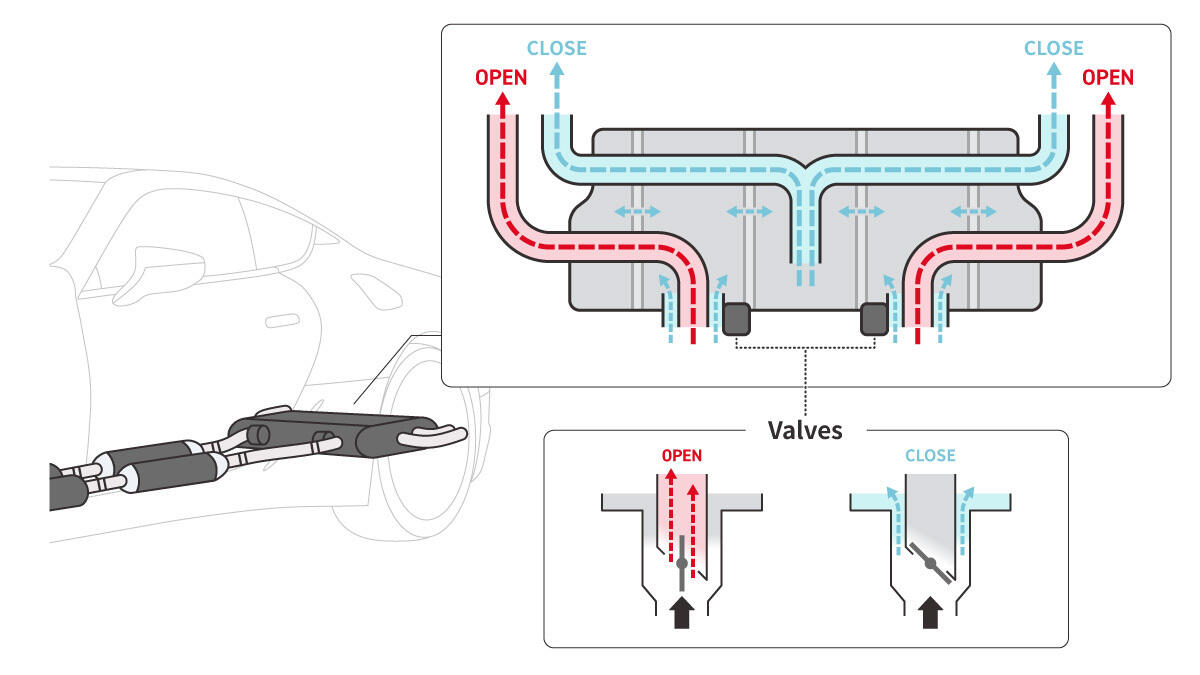
This gives you a solid exhaust sound from the rear, with the sound image shifting toward the front as you step on the gas by overlaying the intake sound. We created a space where the sound expands in concert with the driver’s touch on the accelerator pedal.
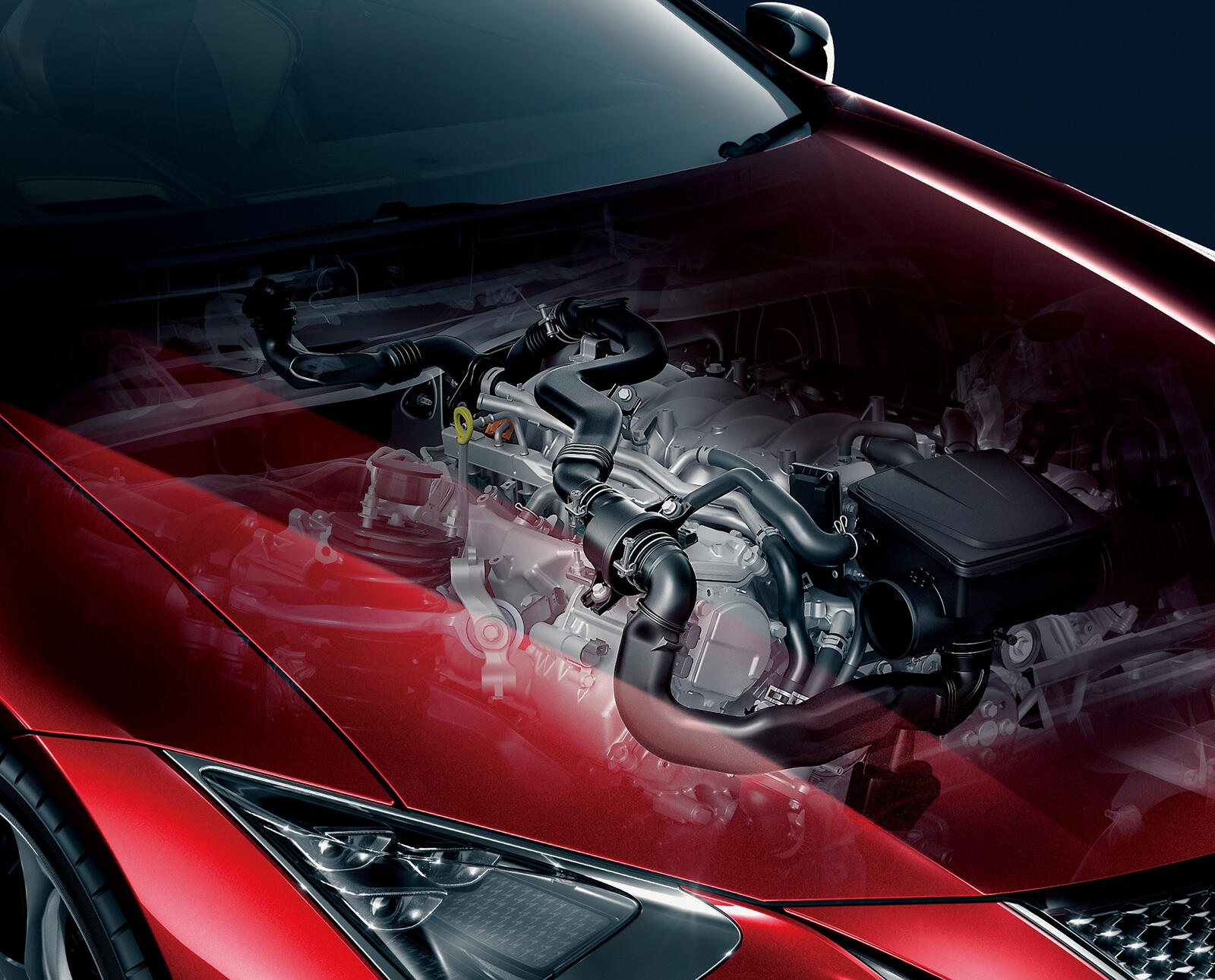
The exhaust system features active valves that, in the open position, channel gases to the tailpipe for a powerful roar; when the valves are closed, exhaust gases are silenced in the muffler to suppress noise. This is combined with intake sounds captured by the generator, filling the LC’s interior with the dynamic high-frequency harmonies that are a hallmark of naturally aspirated V8 engines.
At the same time, active noise control drowns out engine clatter and other unwanted sounds. This is achieved by having speakers emit antiphase* sounds to counter noises, thereby making them inaudible.
*Antiphase: When depicting sound vibrations as waves of alternating crests and troughs, the antiphase refers to an inversion of the wave.
Perhaps you’ve tried headphones with a noise-cancelling function that cuts out ambient sounds, ensuring you can hear your music without turning up the volume. Active noise control works in the same way.
However, if the generated sounds are not exactly in antiphase, they only add more noise to the mix, making the din louder. “It’s a double-edged sword that must be handled with care,” says Shinichi Sano, also an assistant manager at Lexus’s Sensory Performance Development Department. A key element is the “error microphone” that picks up noise.
Assistant Manager Nakayama
You need error microphones that serve as sensors for producing the ideal antiphase sound, and these should be placed as close as possible to the listener’s ear.
The closer they are to the ear, the better we can eliminate even high-frequency sounds. That’s what allows noise-cancelling headphones worn on the ear to effectively block out such a wide range of frequencies.
Error microphones are usually installed in the roof of a car. But since the LC Convertible’s roof can be opened, we developed a new technology that placed microphones in the headrests.
By incorporating such technologies, we were able to imbue a convertible with the quiet and dynamism that are the LC’s essence.
Having cleared the unique challenge of ensuring a quiet ride in an open-roof convertible, Toyota’s engineers wanted drivers to hear the roar of their 5L naturally aspirated V8 engine. The result is the LC500 Convertible, which harmonizes quietness and dynamism.
We’ll let the LC’s soul-stirring voice, which carries the DNA of the LFA, speak for itself.

